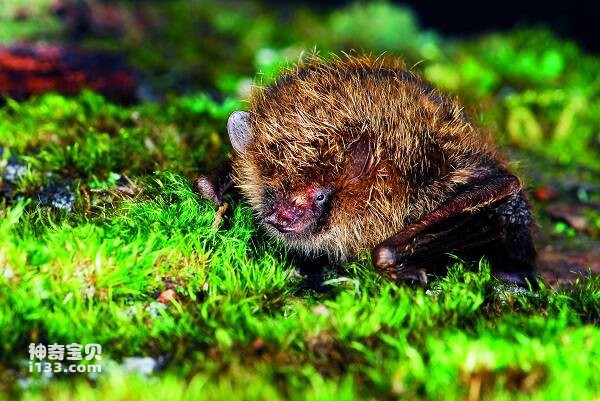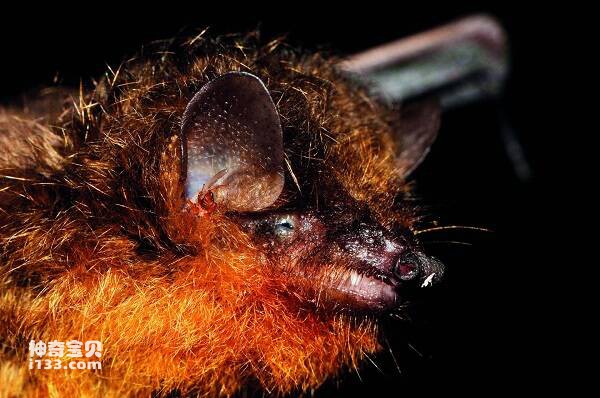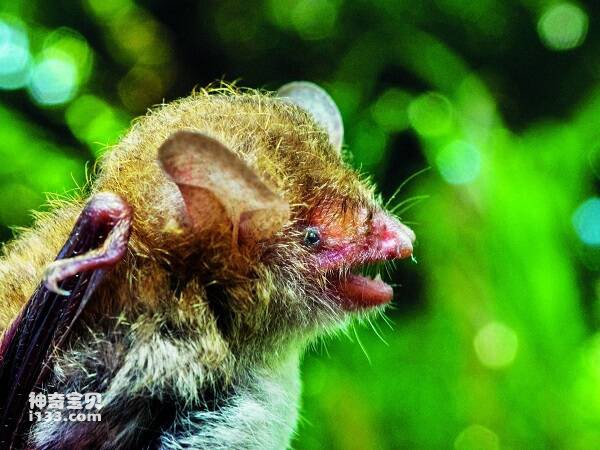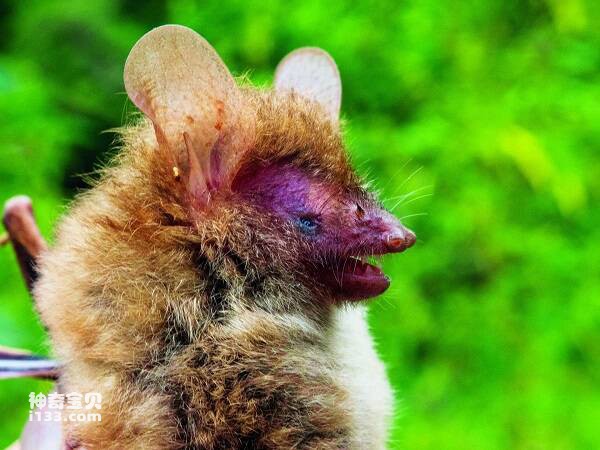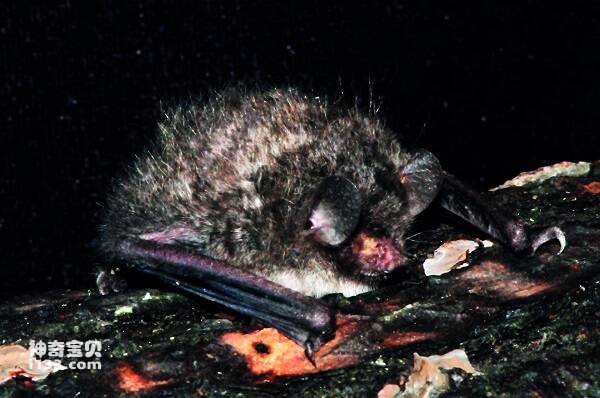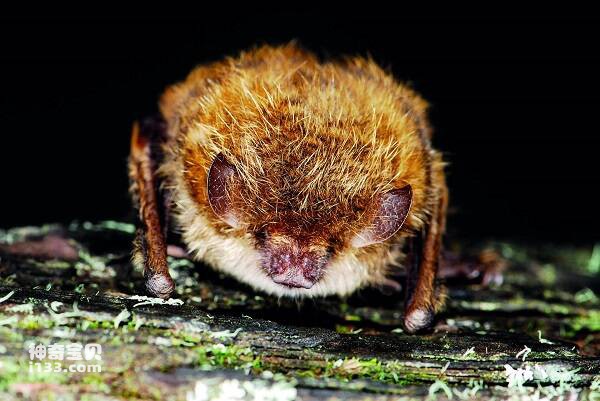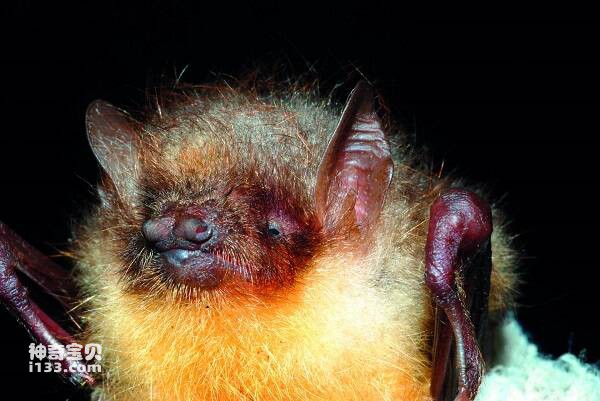Lesser Club-footed Bat
IUCN
LCBasic Information
Scientific classification
- name:Lesser Club-footed Bat
- Scientific Name:Lesser Club-footed Bat,Tylonycteris pachypus
- Outline:Chiroptera
- Family:Chiroptera Batidae Platycephalus
Vital signs
- length:35-50mm
- Weight:About 3.5 grams
- lifetime:
Feature
The world's smallest bat has attracted attention because of its unique habit of inhabiting bamboo.
Distribution and Habitat
Within China, it is distributed in Guangxi, Guangdong, Guizhou, Yunnan, Hong Kong and Taiwan. It is distributed abroad in South Asia and Southeast Asia, such as Brunei, Cambodia, Thailand, India, Vietnam and Malaysia.
The bat inhabits the hollow space between the erect thick bamboo stems. With their small bodies and flat heads, they penetrate the bamboo through worm holes in the stems and hang from the joints with their foot pads.
Appearance
It's small. Forearm length 22-28mm. The head is wide and flat. The ears are short and blunt at the end. The first refers to the base and feet with a nearly rounded fleshy pad; The snout is wide and short, the skull is obviously wide and flat, and the cranial height is only half of the width, showing a gentle slope. The dorsal hair is brown, the basal hair is light yellowish-brown, the abdominal hair is brownish yellow, and the juvenile or subadult hair is dark brown.
Details
The bat is the smallest bat in the world, and the only one in the world that can get into bamboo tubes, because of its unique flat skull, people give it the image name "flat skull bat". According to records, the oblate skull bat has survived on the earth for 6 million years, belonging to the mammalian pterodactyl bat family. In the 1980s, there were experts who collected specimens of the flat skull bat, and after more than 20 years, the flat skull bat did not appear. Like its relatives, the bat has very limited vision and relies entirely on hearing for navigation.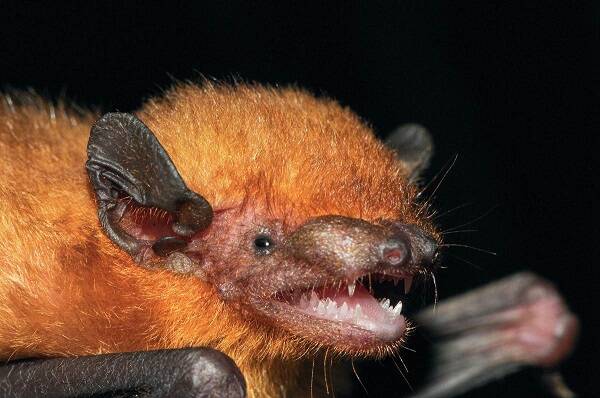
With its small body and flat body size, the bat burrows through wormholes or crevices in the bamboo stem into the vertical internode cavity of the bamboo stem, and uses foot pads to secure its body in the bamboo tube. Family colonies are usually found in groups consisting of multiple adult females and young, as well as in small or solitary colonies consisting only of males. Insectivorous. It is a rare species of bat.
Except for short forages twice a day in the morning and at night, the bats spend the rest of their time hiding in bamboo tubes. According to research, the bat mainly feeds on termites and mosquitoes, but also eats some very small beetles. So they choose to live close to people. Because termites like light, and farmers always keep their lights on at night, termites are abundant near the village; At the same time, there are more mosquitoes in the village at night, and from the living habits and foraging of flat-headed bats, flat-headed bats have the role of controlling the number of termites and mosquitoes.
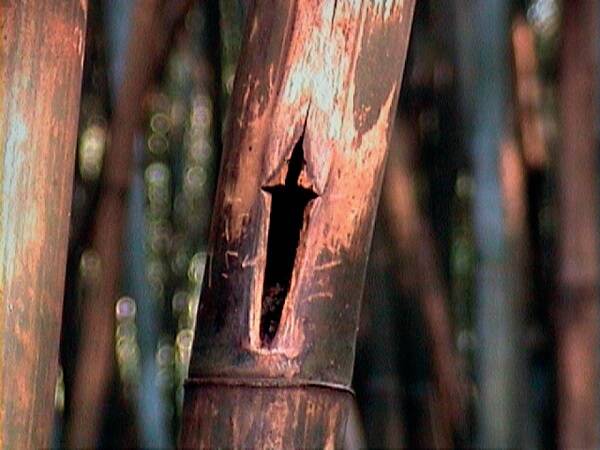
As early as 100 years ago, when it was first discovered in Southeast Asia, the mysterious figure of the oblate-headed bat attracted the attention of the scientific community. Many authoritative zoological texts have sketchy descriptions of this rare, bamboo-dwelling bat. In the 1970s, attempts were made to track them in the pristine jungles of Malaysia. Unfortunately, no trace of them has been found since they were accidentally collected in Guangxi.
Dr. Zhang Libiao, from the South China Institute of Endangered Animals, said that this rare bat has been "missing" for more than 20 years, and it has been living around residential houses. It is said that this is the smallest bat in the world, and it has the ability to shrink bones. They live in bamboo barrels for a long time, and go out for food and activity for no more than one hour every day.
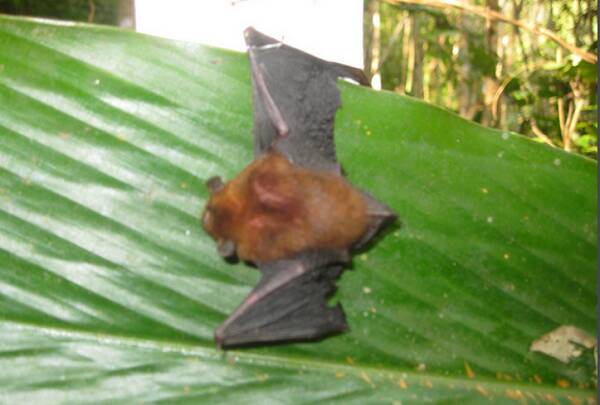
On October 10, 2006, the oblate skull bat appeared to researchers and the public. Oblate skull bats were found in bamboo forests near a village in Longzhou Town, Longzhou County, Guangxi Zhuang Autonomous Region.
The latest study found that the karyotype of this type distributed in China (2n=30) was significantly different from the number of this type of chromosome in Malaya (2n=46), so Huang et al. (2014) believed that this species was the implied species of pachypus (<T. pachypus>). Tu et al. (2017) used molecular methods to classify the genus Tylonycteris distributed widely in Southeast Asia from the perspective of phylogeography, and found that the original two species <T. pachypus> and <T. robustula> were complex species. The original <T. pschypus> distributed in China and neighboring areas is revised to <T. fulvida>.

